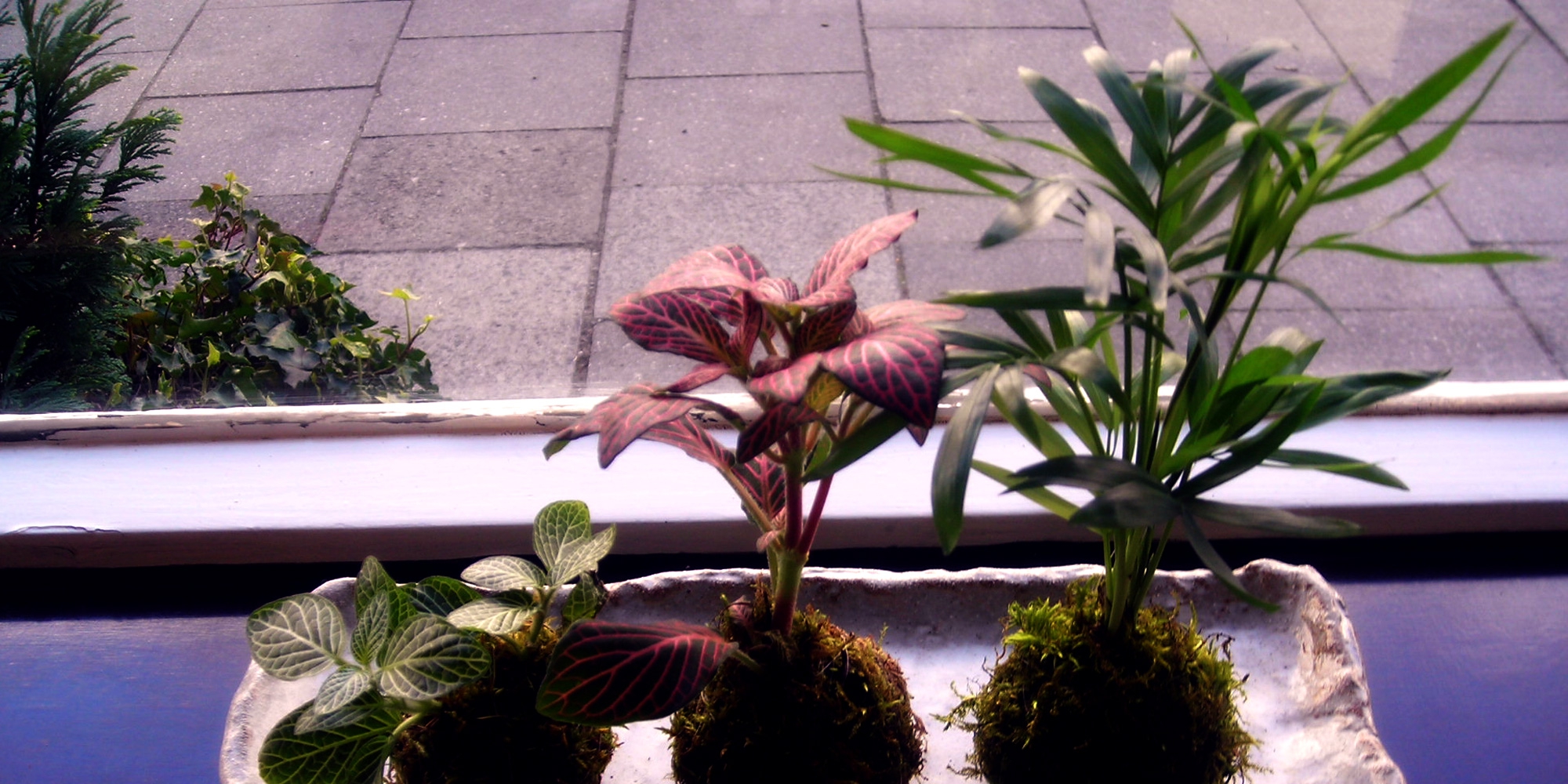When looking around for indoor plants, it's very common to come across the palm. Though palm plants can be very easy to grow, often basic care gets somewhat overlooked.
Palm trees are very common as indoor plants. Most of them are quite easy to grow in the average home, but you really need to watch your palm plant for possible problems.
The first thing to watch out for is watering. Though some palms like Ponytail Palms hold large amount of water reserves, palms often don't do that. In the wild many palms can get dry, however, those are palms which are much larger and are not always plants that are common indoors. I like to keep palms moist and barely let them dry out. Palms also like humidity so misting them also helps keep them happy. This prevents brown tips on the leaves. It also prevents stress on the plant so it's less likely to get other bugs or problems.
When placing a palm in your home, try to give it a brighter light. Though many palms can take more limited light, they do best in brighter light. Low light often causes plants to stretch and palms are no exception. We have a very large palm in our greenhouse which would normally have a very thick stem but instead it's quite tall and thin because there is less light.
Insects can be a problem with palms for two reason. First, it's assumed they're easy to grow so you don't tend to pay as much attention to them. The main insects they get are scale and mealy bugs. Mealy bugs look like cottony things on the plant and can sometimes be mistaken for fungus. Scale comes in a few different forms. They're small insects protected in a hard outer coating. They can look like small brown dots on the underside of the leaves or like very tiny hard light worm-looking things on the leaves. Unfortunately, both scale and mealy bugs are somewhat hard to get rid of.
Another common problem with palms is the desire to get a really big large palm for a great room. Though the idea is full of good intent, it's not always the greatest idea. First of all, tall palms usually need more light than smaller palms so the plant often starts to go downhill as soon as it's brought in the house. Second, they need a large pot and soil mass to make them stable so they get very heavy and take up more space than may be intended. The third problem is keeping this tall plant big free. Tall palms in dry air can often get very tiny insects called Spider Mites which are very difficult to get rid of. The biggest problem is trying to identify an insect smaller than the size of a pin-head when it's far taller than you can easily look at the leaves. In general, large palms and difficult to deal with and they're best left to greenhouses than to residential homes.
The biggest risk with palms is getting a sick palm in the first place. Many palms are grown in warmer climates like Florida and the long truck-ride mixed with questionable quality plants can quickly infect plants with unwanted problems before you get them home. It's a good idea, especially with larger palms, to make sure the plant is clean and healthy at the store before bringing it home. Bugs happen and a good grower will try and keep them clean at all times.
So what palms do you look for in your house? Well, the Parlor Palm is probably the most common palm for the house and it's quite easy to take care of as is the Areca Palm. I'm also a real fan of Ponytail Palms which are much smaller, but very interesting looking with a large bulb-like base to store water. The Sago palm is probably my absolute favourite, though it doesn't really resemble a palm at all. It's leaves are very thick and somewhat pointed, it grows very slowly - sometimes only one leaf per year, and it's quite short. Cat palms are really nice but you need to have some space since they're about as wide as they are tall.
If you've never grown a palm plant, give one a try. Start with a small little palm or tw, put it in a bright window and watch it grow. They're quite easy to grow and they add a really nice feel to the home.

